Home>Ideas and Tips>Backyard Outdoor Climbing Wall Design for a Home Bouldering Setup
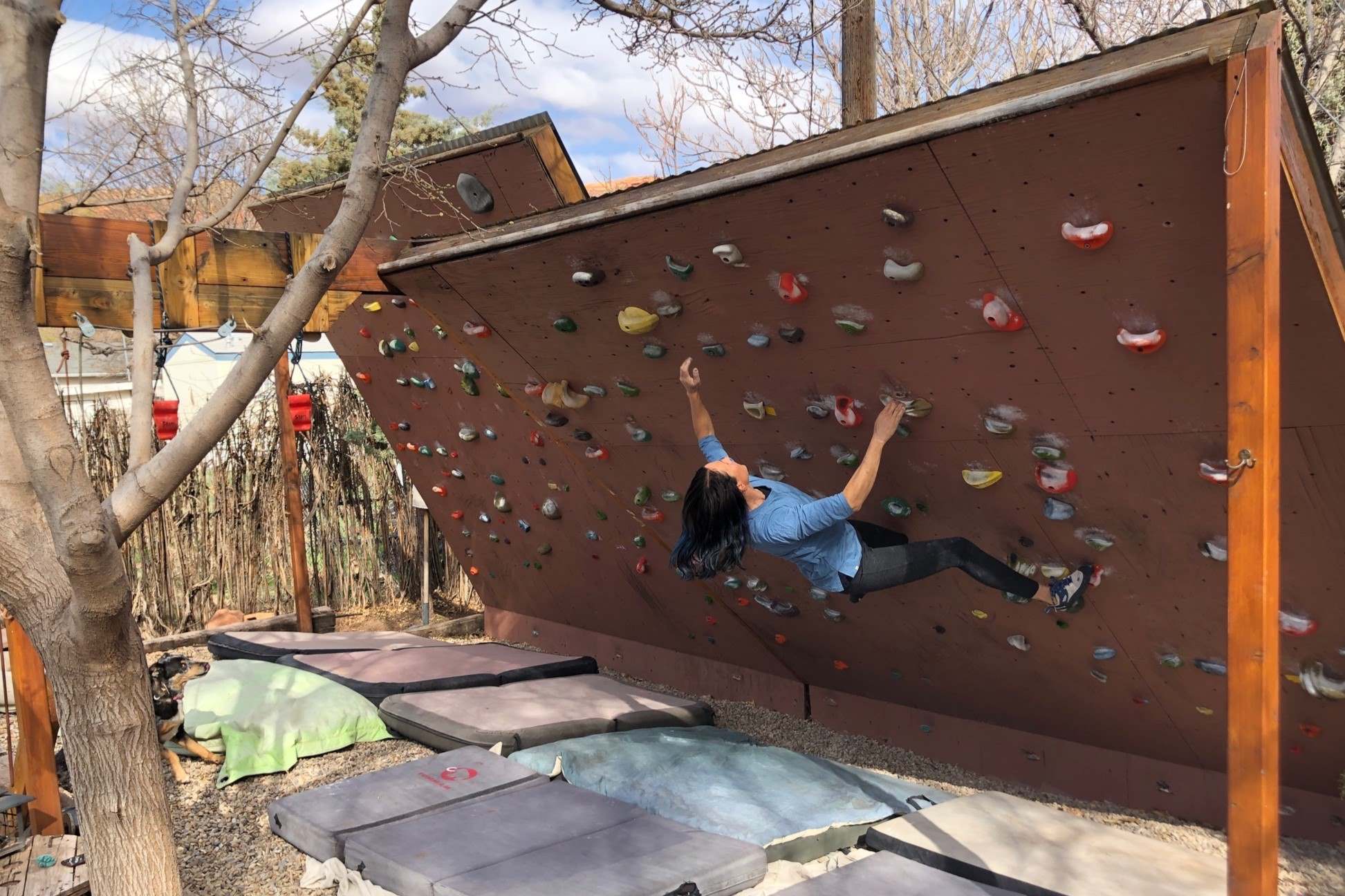

Ideas and Tips
Backyard Outdoor Climbing Wall Design for a Home Bouldering Setup
Published: September 3, 2024
Learn how to design and build your own backyard outdoor climbing wall for home bouldering. Get tips on materials, safety, and setup.
(Many of the links in this article redirect to a specific reviewed product. Your purchase of these products through affiliate links helps to generate commission for Storables.com, at no extra cost. Learn more)
Introduction
Rock climbing has become super popular lately, especially since it became an Olympic sport. This has got a lot of folks thinking about setting up their own home climbing walls. Whether it's for personal training or keeping the kids busy, building a backyard outdoor climbing wall can be a fun and rewarding project. So, how do you go about designing and setting up your very own climbing wall? Let's dive in and find out!
Planning Your Climbing Wall
Purpose of the Wall
First things first, you need to figure out why you're building this wall. Is it for the kiddos to have a blast, or are you looking to train and get stronger? Maybe you're aiming to improve specific skills like footwork or muscle strength. Knowing the purpose will help you decide on the design and materials you'll need.
For instance, if the wall is for children, you might want a more vertical, slab-like structure that's easier for them to climb. But if you're looking to build muscle, an overhang might be more up your alley.
Where to Build
Choosing the right spot for your climbing wall is crucial. You need enough space for safety and maneuverability. Here are some common locations to consider:
- Garage: A garage can be a great place for a climbing wall, especially if you have the space and can make sure it won't block any doors or windows.
- Attic: If your attic has enough headroom, it could be a fantastic spot for a climbing wall. Just make sure falling climbers won't disturb anyone below.
- Basement: Basements offer ample space and can be easily turned into a dedicated climbing area.
- Garden: If you have a big garden, setting up an outdoor climbing wall can be awesome. Pair it with other outdoor activities like camping and campfires for a real adventure.
Other creative ideas include setting up a traverse in your hallway or drilling holds into supportive ceiling beams. You could even build one under your bed that folds up when not in use.
Materials Needed
To build a sturdy and effective climbing wall, you'll need several materials. Here's a list of what you'll typically require:
-
Construction Lumber:
- 4×4 posts for support
- 2×4 lumber for framing
- Plywood or oriented strand board (OSB) for the climbing surface
-
Climbing Holds:
- Various types of climbing holds in different shapes and sizes
- Mounting hardware like T-nuts and bolts
-
Fasteners:
- Structural screws
- Framing nails
- Wood glue
-
Protective Coatings:
- Waterproof paint or sealant to protect the wood from moisture
-
Tools:
- Circular saw
- Drill driver combo
- Orbital sander
- Jigsaw
- Speed square
- Digital angle gauge
Step-by-Step Guide
1. Planning the Layout
Start by mapping out the layout of your climbing wall. Decide on the size and shape you want it to be. Consider factors like space constraints, safety, and the type of climbing you'll be doing.
For an outdoor setup, you might want to create a modular design that can be easily disassembled during harsh weather conditions. This will help extend the lifespan of your wall by protecting it from damage caused by rain or snow.
2. Digging Holes
If you're building an outdoor climbing wall, you'll need to dig holes for the support posts. Use an auger to drill holes about 18 inches deep, spaced 4 feet and 8 feet apart. This will provide a solid foundation for your wall.
3. Setting Up Support Posts
Place 10-foot long 4×4 posts into these holes and ensure they are plumb and at right angles to each other. You can use rigid expanding foam or concrete to set these posts in place.
4. Framing Interior Structure
With the main posts set, fill in the space between them with support structures similar to house framing. Use structural screws to fix these frames in place. For added fun, cut sections of these frames at odd angles rather than making them vertical.
5. Covering with Plywood
Use exterior plywood sheets to cover your climbing tower structure. Because you may have odd-shaped panels due to angled sections, divide each sheet into smaller custom pieces using digital angle gauges and tape measures.
Mark locations of support braces on the back of each plywood piece so you can take them off for drilling climbing hold holes without hitting underlying structures.
6. Adding Climbing Holds
Drill holes for climbing hold hardware into marked locations on plywood panels using heavy-duty T-nuts that allow bolts through holds without accessing backside of wall.
Buy more holds than you think; it’s common to need additional holds as you build more structures over time.
Mount panels back onto tower using framing screws after attaching all climbing holds securely.
7. Durability Testing
Perform some durability testing by climbing on your wall several times before finalizing it for use.
Tips for Building an Outdoor Climbing Wall
Weatherproofing
Outdoor climbing walls are exposed to nature's elements, which can cause wood to swell, rot, or mold if not properly treated. Here are some tips for weatherproofing:
- Use Protective Paint or Coating: Apply waterproof paint or sealant to protect wood from moisture.
- Modular Design: Make your wall modular so it can be taken down during harsh weather conditions.
- Remove Vulnerable Sections: Remove vulnerable sections during downpours and store them somewhere dry.
Foundation
The foundation of your outdoor climbing wall is crucial for its stability and longevity. Here are some guidelines:
- Depth of Footings: The depth of footings depends on your climate; northern climates may require deeper footings (up to 4 feet) while warmer climates can be less deep but still several feet deep.
- Type of Foundation: If you're building a removable/modular wall, consider using deck footings as they provide stability without being permanent.
Cost Considerations
Building a climbing wall can be costly, especially if you're using high-quality materials and hiring professionals for installation. Here are some cost considerations:
- Material Costs: Plywood or OSB sheets can cost around $50-$100 per sheet depending on size and quality.
- Climbing Holds: Climbing holds vary in price but expect to spend around $20-$50 per hold depending on quality and brand.
- Labor Costs: If hiring professionals for installation, labor costs can add significantly to overall expense.
FAQs
How Much Does It Cost to Make a Rock Climbing Wall?
Building a climbing wall can get expensive quickly, especially if you're using high-quality materials and hiring professionals for installation. Material costs alone can range from $500 to $1,000 or more depending on size and complexity of design.
What is the Best Wood for an Outdoor Climbing Wall?
For outdoor climbing walls exposed to nature's elements, plywood is generally better than OSB as it retains less moisture but should still be treated with protective paint or coating to maximize lifespan.
How to Weatherproof Your Outdoor Climbing Wall?
One option would be making your wall modular so it can be taken down during harsh weather conditions or removing vulnerable sections and storing them somewhere dry during downpours. Alternatively, think about coating your plywood in protective paint which can be acquired from any builder’s merchants or DIY store.
Read more: How To Build An Outdoor Climbing Wall
What Angle Should a Home Climbing Wall Be?
The angle of your home climbing wall largely depends on what you want to train:
- Vertical Slab: For developing footwork skills.
- Overhang: For building muscle strength.
- Dynamic Wall: For supporting multiple angles if you can’t decide.
A popular angle for training strength amongst professionals is 45 degrees but be aware this will wear you out quickly if you’re not used to it.
Conclusion
Building a backyard outdoor climbing wall is an exciting project that requires careful planning and execution. By following these steps and tips outlined above, you'll be able to create a durable and fun climbing structure perfect for bouldering and other climbing activities. Whether you're looking to keep your children active or improve your own climbing skills, this guide will help you through every stage of the process from planning to completion. So why wait? Start building your very own backyard climbing wall today!
Additional Resources
If you're looking for more detailed guides or specific advice on building an outdoor climbing wall, here are some additional resources:
- Ultimate Guide to Build Your Own Home Climbing Wall by Lydiascapes: This comprehensive guide covers everything from planning to execution with detailed tips and FAQs.
- Reddit Discussion on Building an Outdoor Climbing Wall: This thread on Reddit offers valuable insights from experienced climbers who have built their own outdoor walls.
- Backyard Climbing Wall Tutorial by Make Magazine: This tutorial provides step-by-step instructions on building an outdoor climbing wall using various materials and techniques.
- Making a Backyard Climbing Wall by I Like To Make Stuff: This article offers practical advice on building a backyard climbing tower using construction lumber and plywood.
By combining these resources with the information provided in this article, you'll be well-equipped to create an amazing backyard outdoor climbing wall that will provide years of enjoyment for you and your family
Was this page helpful?
At Storables.com, we guarantee accurate and reliable information. Our content, validated by Expert Board Contributors, is crafted following stringent Editorial Policies. We're committed to providing you with well-researched, expert-backed insights for all your informational needs.
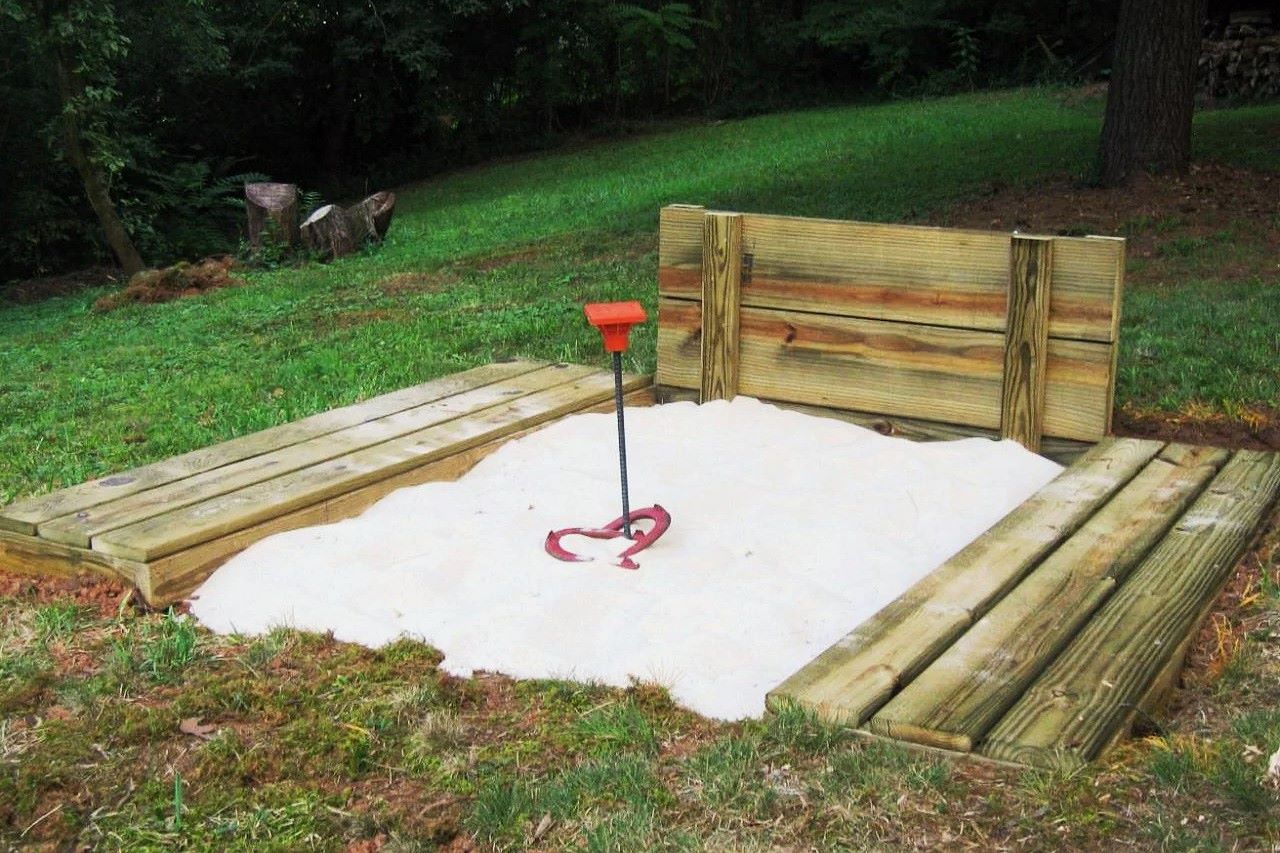

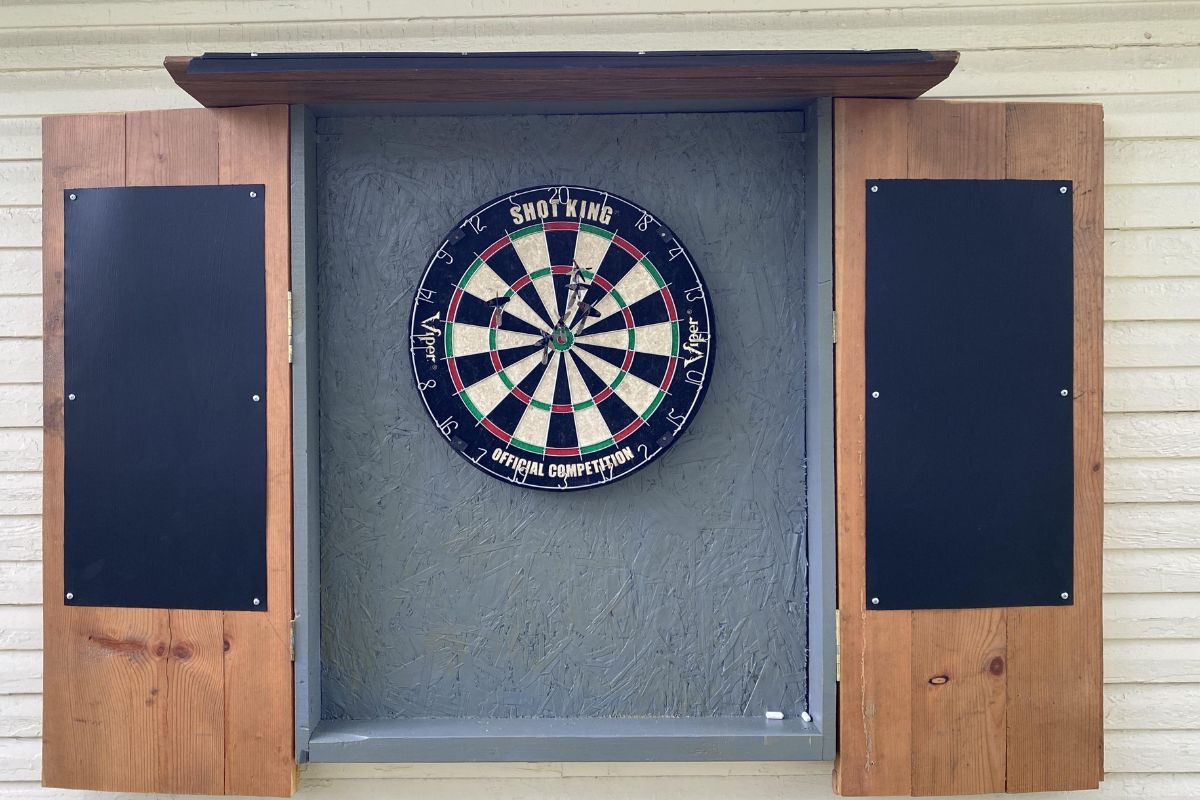
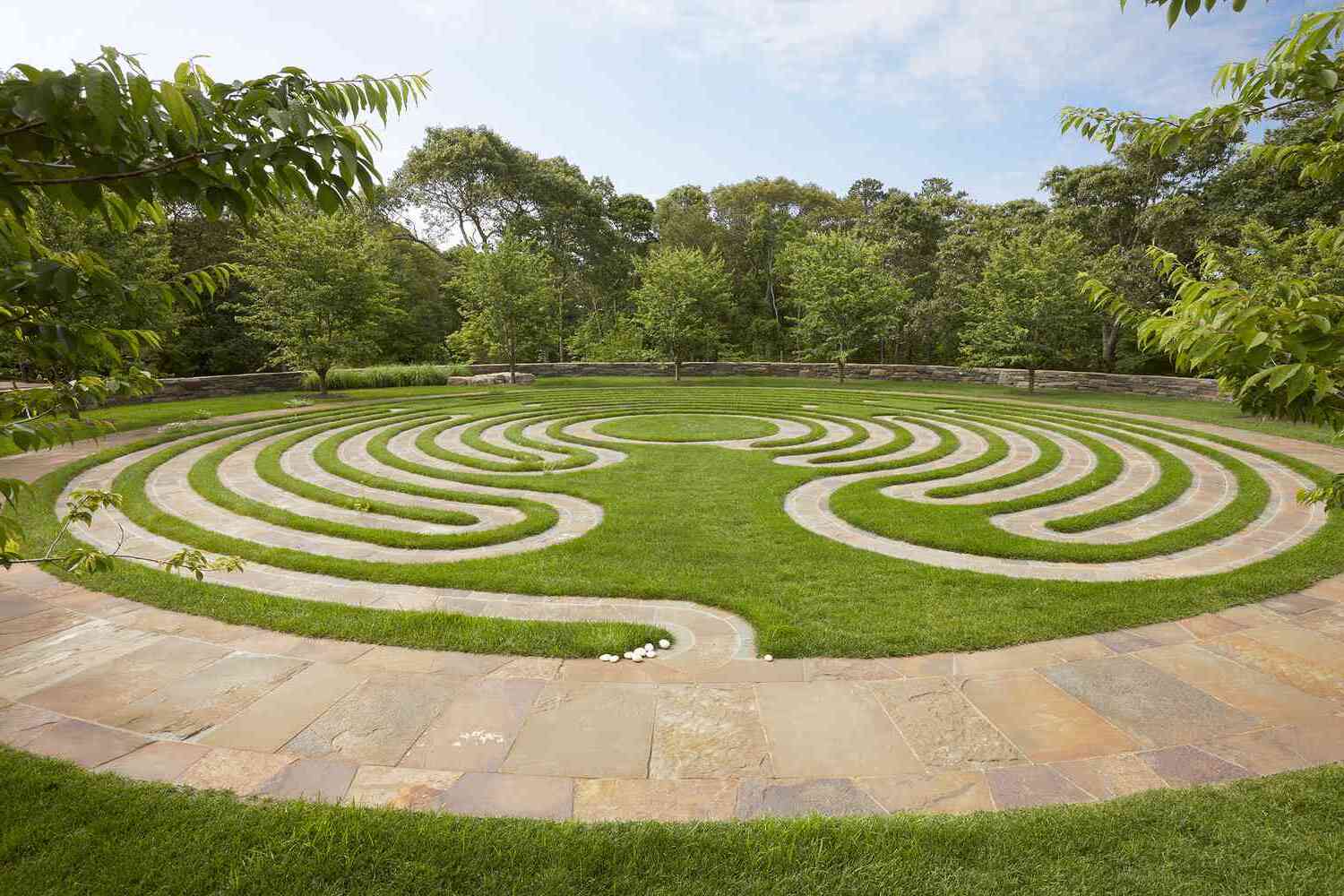
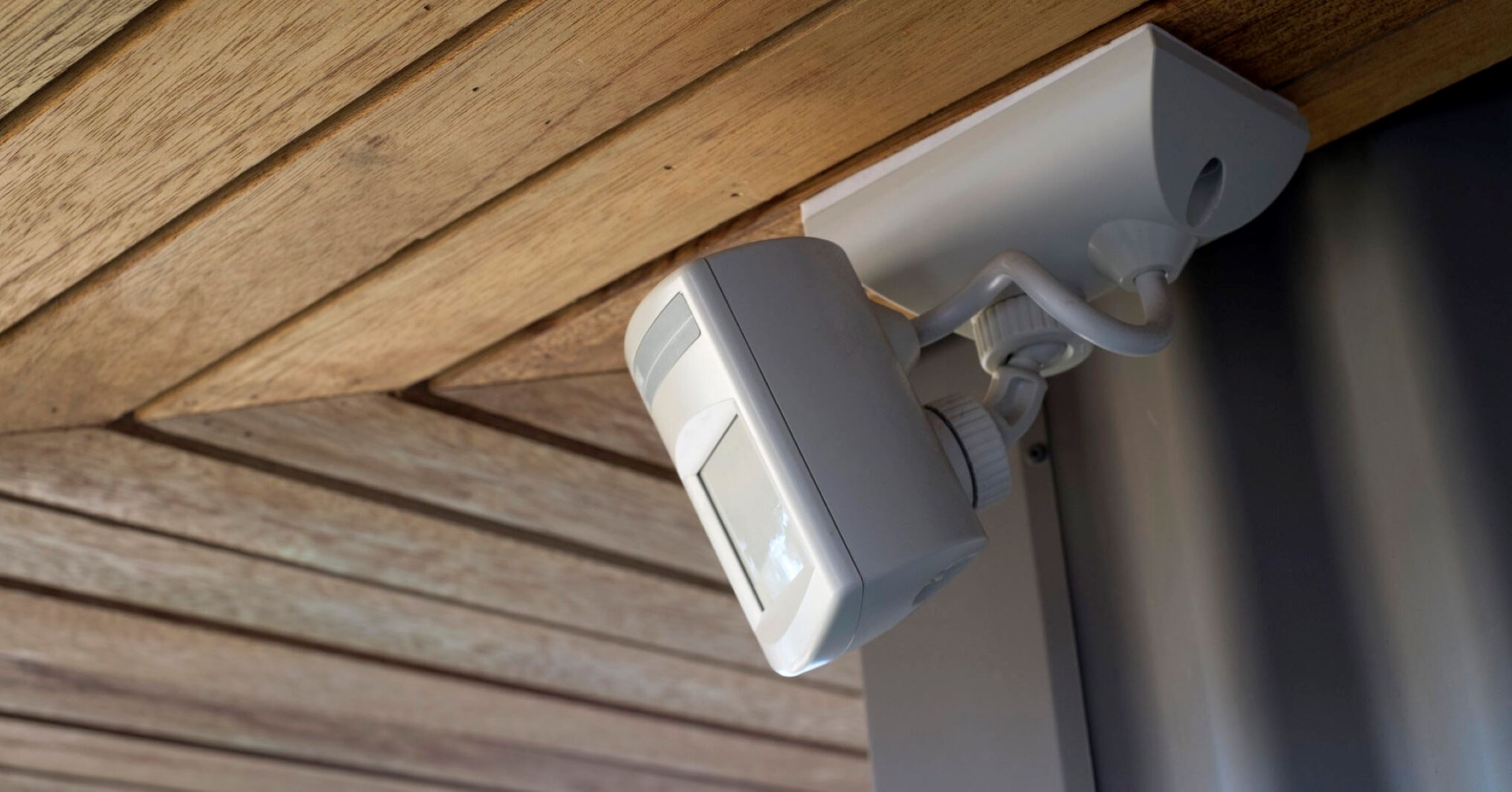
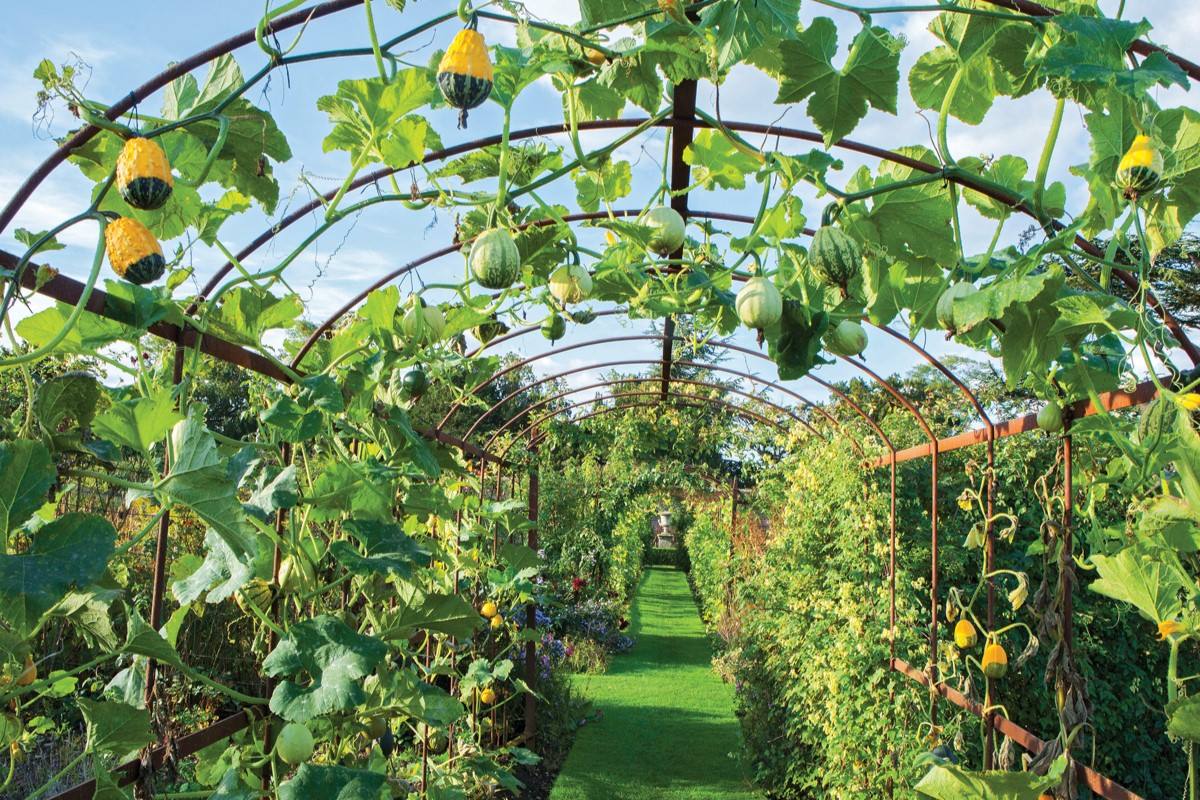
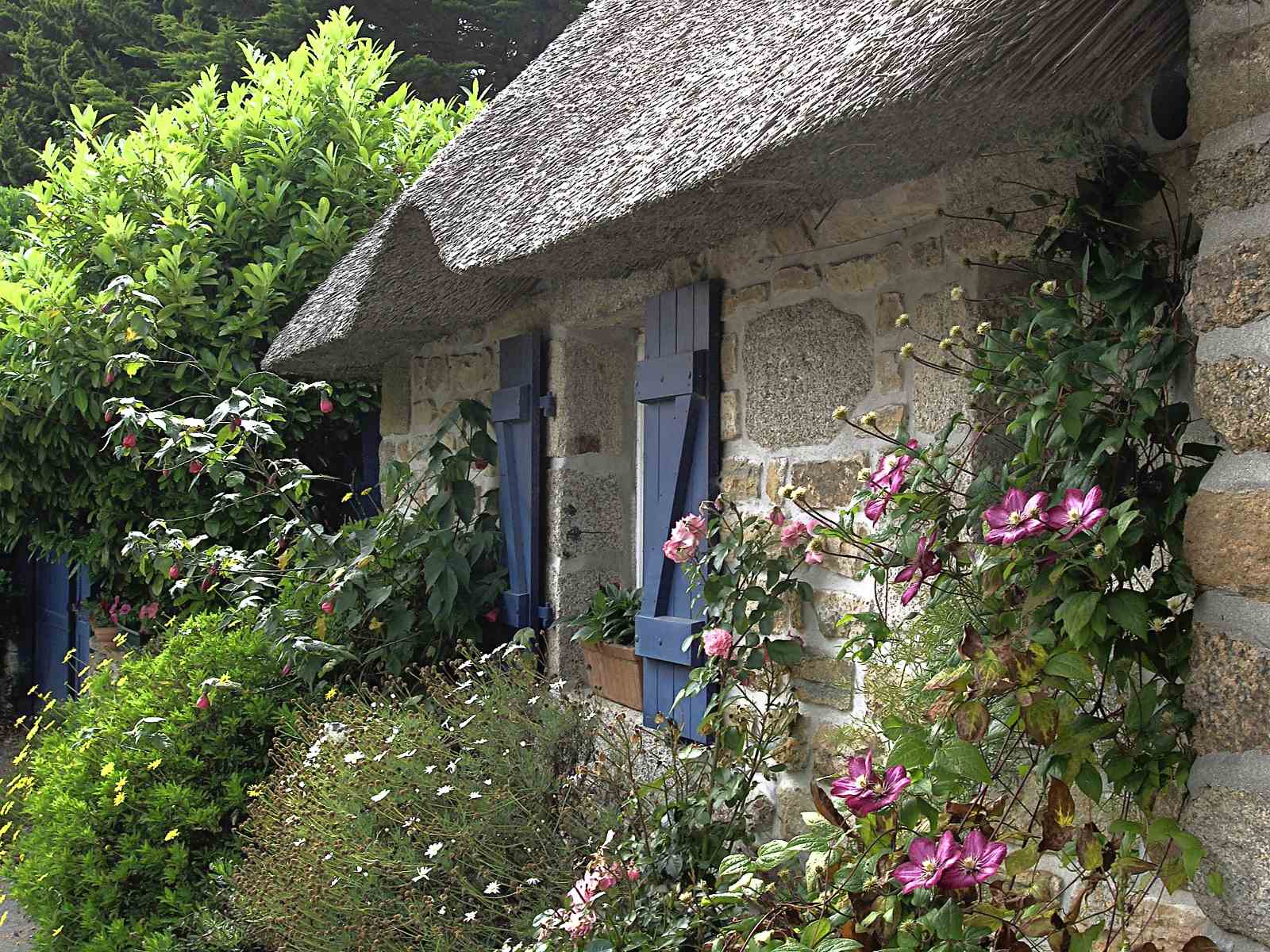
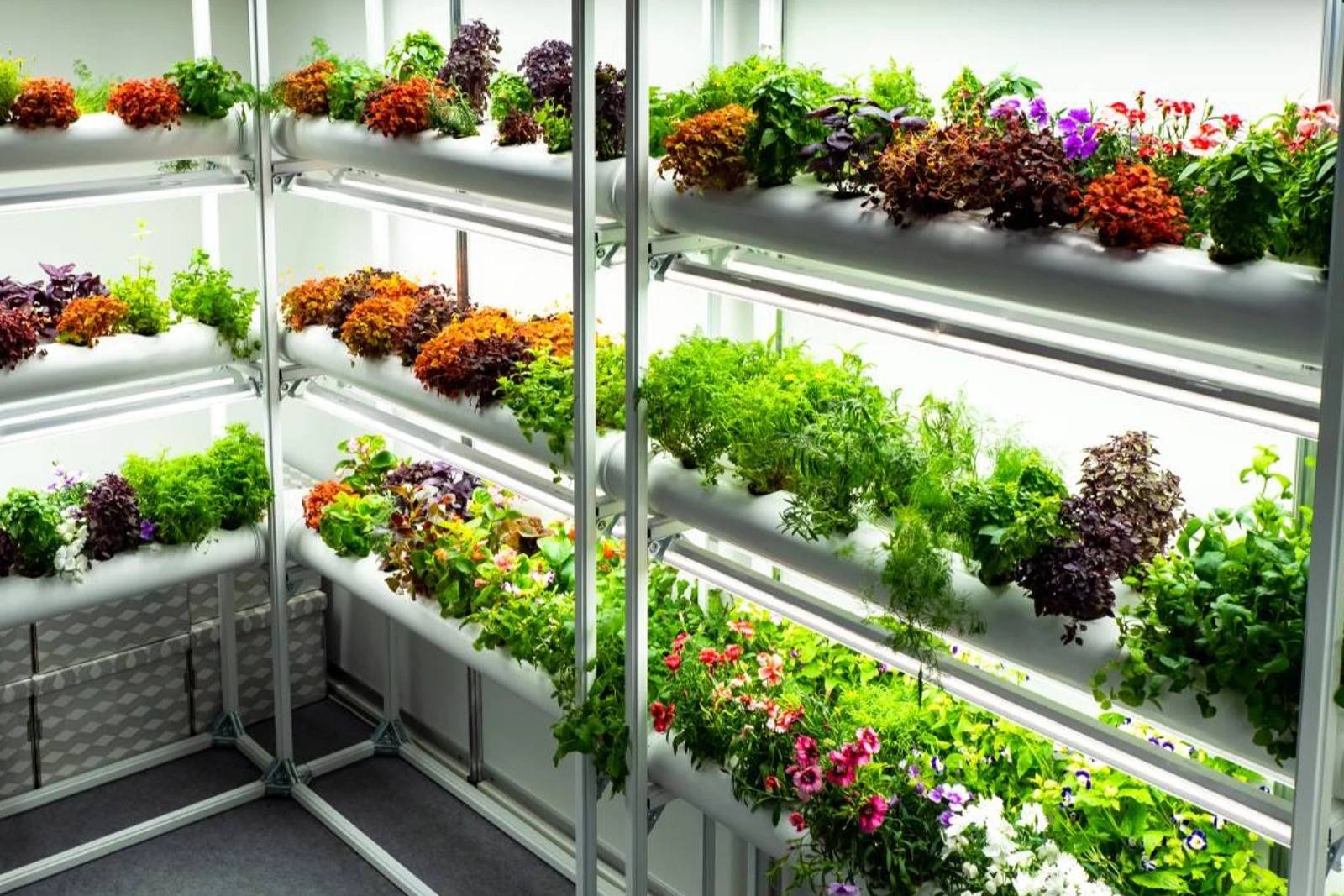
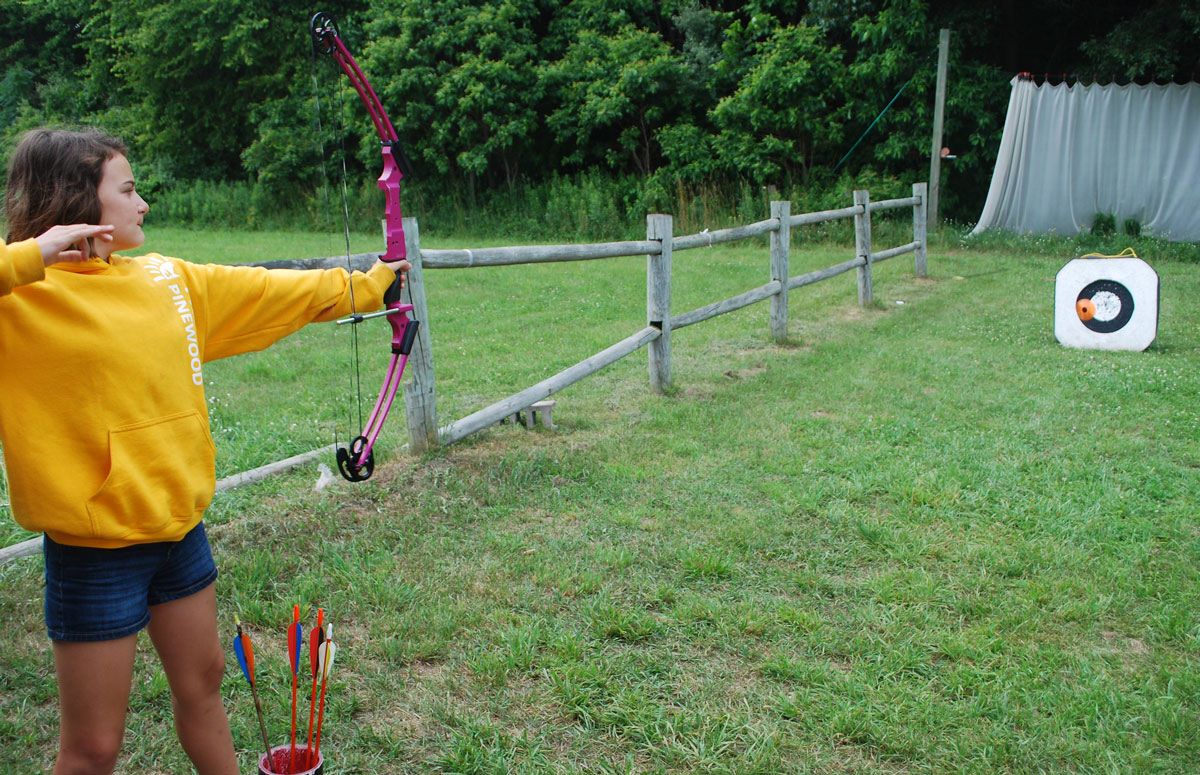


0 thoughts on “Backyard Outdoor Climbing Wall Design for a Home Bouldering Setup”